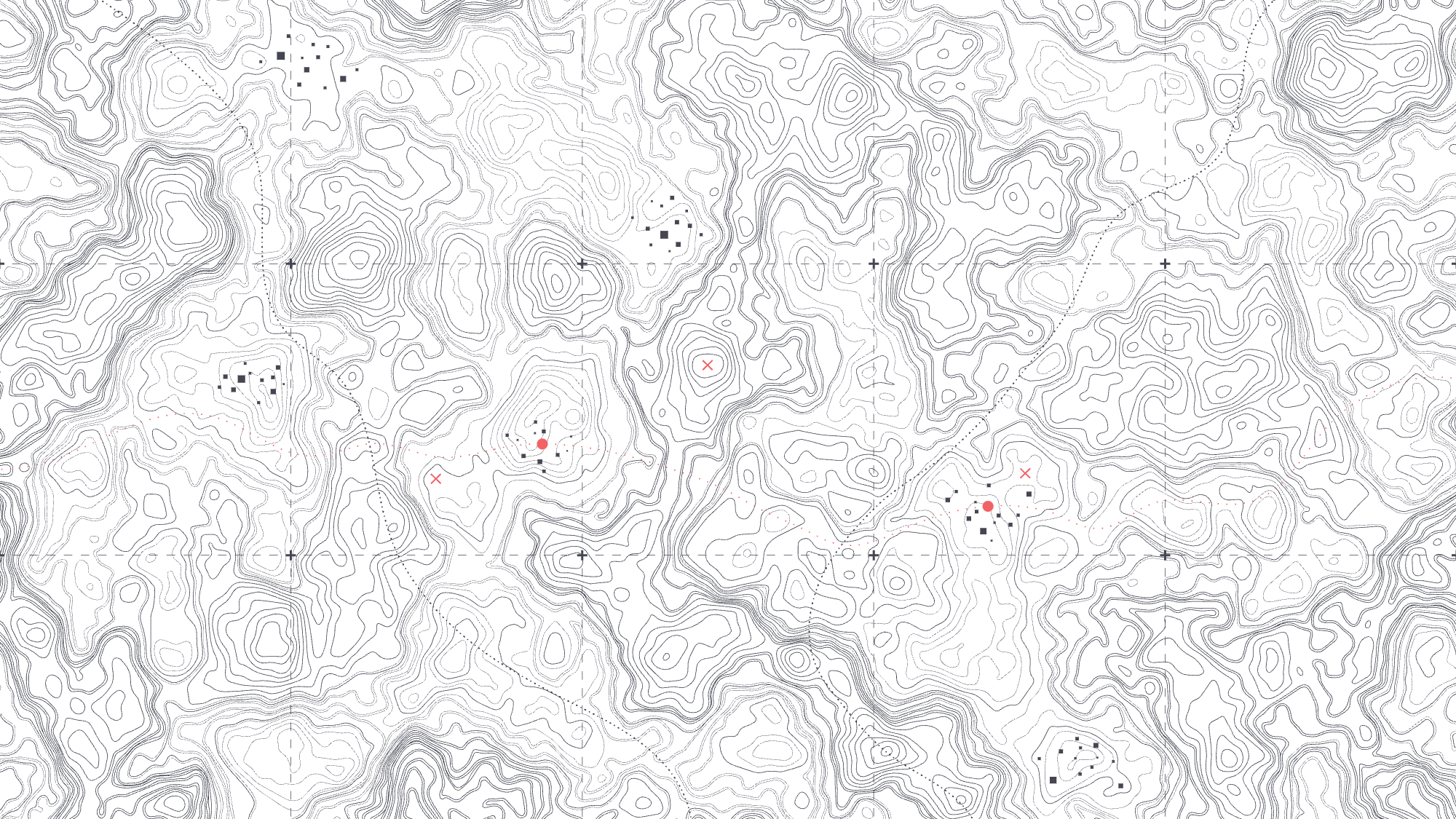Whether you used to be one, know one, are one, or live with one, you probably know what it means to be a “Luddite.” If you don’t, the pejorative term describes someone with at best a healthy skepticism and at worst an outright disdain of new technologies. The term Luddite got tossed around when friends would try (in vain) to convince others to make the switch to cellular or join Facebook, and it might be used now to describe someone who is woefully reluctant to embrace EVs or self-driving cars. But the term is not a product of the information age –– tracing its roots all the way back to the Industrial Revolution.
Led by Ned Ludd, the Luddites were machine-breaking, industry-opposing vigilantes, who had devoted their lives to the textile skills that they watched new English looms devalue. What many people get wrong is that the Luddites weren’t fearful of technology, nor were they confused by it –– as they understood and operated the very looms they destroyed. Rather, they saw the machines as a way for business owners to undercut the value of artful, skilled labor. Though their movement’s approach may have been a bit… destructive… the philosophy is not all that far off from what we’re seeing with artificial intelligence nearly 200 years later. As we, being writers, designers, and marketing professionals, watch AI make headlines and generate outrage, we’re forced to think critically about what it could mean for the future of our industry. But are we no better than Ned Ludd’s ragtag group of reactionaries in doing so?
Though AI is nothing new, our focus is fixed on the recent surge of AI illustrations and content writing tools like ChatGPT and Jasper.AI. Stick around as we take a closer look at these programs, and give our honest read on why we think, when it comes to art, there’s no replacement for the real thing.
ChatGPT
ChatGPT is a language model designed to generate human-like text in a conversational setting. When given a prompt, the software will respond to you in real time with a “real” sounding answer. Even further, it can remember what you said earlier in the conversation, making it a powerful tool when it comes to chatbots, translating languages, debugging code, and more. Operating as a free research preview, the language model created by OpenAI (more on them later) has grown incredibly fast, gaining over 1 million users less than one week post-launch according to CEO Sam Altman. However, when it comes to copywriting, ChatGPT and other language models lack key qualities that can only be produced by a human (for now.)
When we put pen to paper (or fingers to keyboard), our writing is imbued with emotion. No matter the feeling we’re trying to convey, the words we choose and the way we string them together weave a specific message to our audience. This is where ChatGPT falls short; unable to detect nuances such as sarcasm and irony, ChatGPT will spit back answers that sound exactly like they are: artificial. Tiny subtleties of human conversation are complex, and ChatGPT struggles to provide content that doesn’t sound robotic. Additionally, according to OpenAI themselves, “ChatGPT sometimes writes plausible-sounding but incorrect or nonsensical answers” and has been found to overuse phrases over time. If you’re looking to craft an eye-catching, exciting campaign, ChatGPT will ultimately give you results which are lifeless and bland. When it comes to using this free tool for your business, in the end, you’ll get what you (don’t) pay for.
Hours of behind-the-scenes research and strategizing go into our work when we’re crafting the perfect copy. We work closely with our clients to develop a deeper understanding of their brand –– a relationship that ChatGPT and other language models are unable to replicate. Because the language model is only as good as the data it’s fed, it can’t quite grasp the nuances of a brand like a professionally trained agency with years of experience (like us!) can. Additionally, ChatGPT’s knowledge base cuts off in 2021, meaning answers could be instantly obsolete given today’s ever-evolving world.
Jasper.AI
Before ChatGPT, there was Jasper.AI (formerly known as Jarvis.AI), a language model tailored to meet the needs of marketers. The software can generate copy for a wide range of marketing applications and features countless templates to create snappy social media captions, blog posts, headlines, and more. The user interface allows you to fine-tune results and includes features such as sentiment analysis and keyword optimization to help ensure the generated content aligns with your marketing goals.
But as intelligent as Jasper.AI can be, it’s limited by the patience of its users. Generated content is dependent on the quality and (precision) of user inputs, and fine-tuning inputs can take hours upon hours of trial and error. Specific requests for 800-word blog posts can result in pieces of content half the length, with much of that content sounding like a broken record. Further, like ChatGPT, there is a distinct possibility that content produced by Jasper.AI will feature misinformation or inhuman gibberish. Additionally, Jasper.AI is a paid service with plans starting at $29 per month for 20,000 words –– or $49/month for unlimited (what they call “Boss Mode.”) This may seem like a nominal fee, but factor in the human responsible for both inputs and fact-checking, and this budget-friendly, time-saving tool quickly becomes neither.
There’s no denying that AI software like ChatGPT and Jasper.AI can be a useful tool for marketers. And yes, they can be fun to play around with. However, these language models aren’t quite advanced enough to replace human copywriters. In every circumstance where AI is involved, a human element is necessary to capture the scope of what you’re trying to convey. These tools can provide inspiration, speed up the process, and increase efficiency, but a human touch is essential to ensure that the final copy is polished and aligns with the tone of a brand. Both ChatGPT and Jasper.AI can be powerful assistants to your writing process, but it’s best to stick with humans who know their stuff when it comes to copywriting.
Explore these tools and see for yourself how they work, but consider the above limitations before building your content marketing strategy around them.
AI Illustrations
Though ChatGPT and Jasper are making a splash (and headlines,) AI illustrations have generated a tidal wave by comparison –– one which is steadily approaching its crest as lawsuits and claims of theft come crashing in. But to understand the current state of the AI union, we should start with the original headline-maker: the seemingly innocuous DALL-E image generator. In July of 2020, OpenAI, who would go on to create ChatGPT, rolled out a tool that functioned more like a human brain than any image generator we had known. Feed it an input like “Harry Potter in a heated breakdance battle,” and you’d receive a rather crudely drawn interpretation of that very input. Sure, sometimes DALL-E would get it (shockingly) right, but for the most part you had a free-flowing supply of hilarious-to-horrifying images.
Then came DALL-E 2. While the OG DALL-E spit out accurate interpretations of typed inputs, these illustrations were often abstract amalgams of Dalí-esque surrealism and Picasso-esque weirdness. The sequel, on the other hand, strengthens or eliminates its predecessor’s weaknesses while expanding on DALL-E’s original capabilities. It’s impressive, sure, but to some artists still doing things the old-fashioned way, it’s a threat to their practice and their very existence. Lensa, the AI art generator du jour, is responsible for the hyper-realistic portraits plastered all over your Instagram feed, and portrait artists aren’t too pleased. Lensa’s so-called “Magic Avatars” have raised concerns ranging from objectification to espionage, with many wondering whether the $8 price tag on these portraits is worth it after all. Some have even taken to calling it “the biggest art heist in history,” as the AI-generated illustrations are merely the ”mangled remains of an artist’s signature.”
Amidst the controversy surrounding AI illustrations, the United States Copyright Office has drawn a definitive line in the sand: art made using AI is ineligible for copyright protection. That is, when it’s used to make a comic book. And whether this same ruling will be used for all AI art remains to be seen. So, for the time being, we can’t infer that AI art isn’t art; only that it’s not original. Business owners looking to leverage AI for logos and other branding materials might think twice, lest they end up inadvertently copying their competition.
The Final Word on AI
Had the Luddites succeeded on their path of destruction, the progress which has allowed our world to grow, our industry to flourish, our agency to thrive, and our team to write this article would not likely have existed. But to definitively say they failed discredits their most valuable success: the honorable defense of refined skills, which –– though often replicated and imitated –– can never truly be replaced. With that said, we’re not entirely opposed to AI, and we understand that (like many new technologies) it takes time to work out the kinks and work through our fears. After all, Y2K wasn’t all that long ago. But at least while this technology is still in its infancy, we’ll be keeping a watchful eye on AI.


